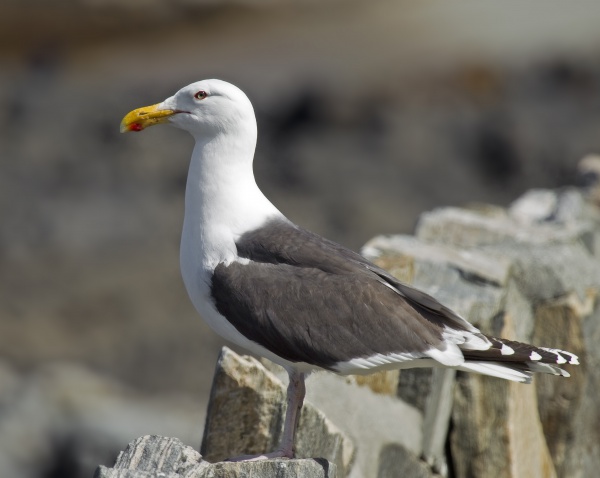Facts About Great black-backed gull
The great black-backed gull is the largest member of the gull family, renowned for its aggressive hunting and scavenging behavior. This impressive bird can be seen along the coasts and islands of the North Atlantic, ranging from Europe to North America. Its striking appearance, featuring a white head, dark grey wings and back, pink legs, and a yellow bill, makes the adult gull unmistakable.
First described by Carl Linnaeus, the great black-backed gull is scientifically known as Larus marinus. These birds prefer coastal regions, stretching from Russia to North America, and breed in diverse habitats such as rocky coasts, estuaries, and wetlands. They are opportunistic feeders, consuming a varied diet that includes fish, crustaceans, and even other birds.
The breeding season begins in March or April, with pairs forming small colonies. They typically nest on rocky outcrops or fallen logs, and the female usually lays three eggs. Both parents share the responsibility of incubating the eggs and caring for the chicks, which fledge at around 50 days old. These gulls reach maturity at approximately four years of age.
Great black-backed gulls have a lengthy lifespan, with some living up to 27 years in the wild. Nonetheless, many chicks do not survive the early stages due to harsh weather, starvation, or predators such as eagles, owls, and killer whales. Although they were once hunted for their feathers, these gulls have adapted well to human presence, resulting in an increase in their population.
Despite facing threats from pollutants and human disturbances, the great black-backed gull is not currently at risk. In fact, their growing numbers have led some to consider them pests, prompting conservation efforts to protect other seabird species.

 United States
United States